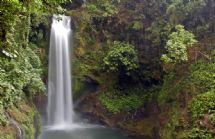The Best Scuba Diving Spots in Costa Rica
Ray at Isla del Coco
No matter when you choose to visit Costa Rica, the Central American paradise's wealth of natural wonders is sure to make for a memorable adventure. Yet though the island's national parks and mountainous expanses are not to be missed, don't discount the immaculate beauty that awaits off the country's dual coastlines. There is a seemingly endless assortment of sites for scuba diving in Costa Rica, but here are a few of the best:
Unbeaten visibility in Drake Bay
Located off the northern shores of the Osa Peninsula, within the waters off Corcovado National Park, Drake Bay – or Bahia Drake, as it is locally known – is a protected marine park that offers divers unparalleled visibility even in the rainy season. Of particular note are the waters off the small Cano Island, which boasts a robust array of marine life and is far enough from the mainland to be largely unaffected by the seasonal rains Costa Rica is known for.
Marine adventure abounds on Cocos Island
The largest uninhabited island in the world is also one of the best dive spots in Costa Rica. Cocos Island is also the furthest island from the mainland of Costa Rica, located offshore 330 miles southwest of the tip of the Nicoya Peninsula. While Cocos Island's stunning rainforests and cascading waterfalls are enough reason to explore this national park off the coast of Puntarenas, the diving opportunities in the region are among the best in the country. The warm Pacific waters that surround the island are home to variety of stunning creatures including hammerhead sharks, rays and bottlenose dolphins.
Due to it's location, diving off Cocos Island is best reserved for the dry season, with September and October typically providing the best weather for these active excursions. Visibility ranges between 20 and 80 feet depending on atmospheric conditions, and temperatures rarely drop below 70 degrees.
Uvita Island – The future of Caribbean scuba diving
Costa Rica's Caribbean coast has not developed its scuba offerings to the extent that the Pacific coast has, but that doesn't mean the area has nothing to offer. One of the region's up-and-coming dive sites is Uvita Island in the Limon province. Thought to be one of the original landing points for Christopher Colombus, Uvita Island is home to several marine species as well as some well-preserved shipwrecks that are popular with local and visiting divers.
As the island is in the tropic zone, it receives a lot of rainfall annually, making the dry season (September in particular) the ideal time to explore this body of water.
A small town with a lot to offer – Diving in Cahuita
Cahuita National Park is celebrated for its beautiful beaches, so it's no wonder that it is also a popular destination for divers exploring the Caribbean coast of this Central American paradise. Though there are certainly many beautiful fish and sea turtles to be spotted in the area, the main attraction for divers in the area is the Cahuita Reef. The reef is an expansive underwater ecosystem that divers will never forget, and its assortment of rare and stunning species of coral, including brain and staghorn varieties, make this one of the most unique and beautiful attractions in the country.
For water conditions, there are two seasons that make this region particularly accessible, with visibility that stretches upwards of seventy 70 feet. Enjoying this dive site between March and May or August through November is ideal.
Murcielago Islands – Santa Rosa National Park's underwater secret
If it's a wide variety of marine life you're after, then an excursion to Costa Rica's Murcielago Islands may be just what the doctor ordered. With visibility that sometimes reaches 90 feet, this is a great place for daring divers to spot some of the region's larger and more notorious sea creatures, like the black tuna, the barracuda and the mako shark. These creatures, combined with the region's historically strong currents, mean the Murciealgo Islands are not for beginners.
Just off the coast from Santa Rosa National Park and only accessible by boat, the weather conditions for the Murcielago chain is similar, with September offering a unique combination of less rain and more comfortable temperatures.





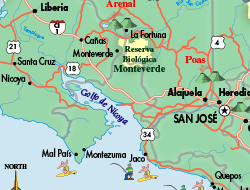
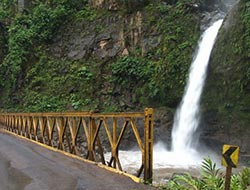
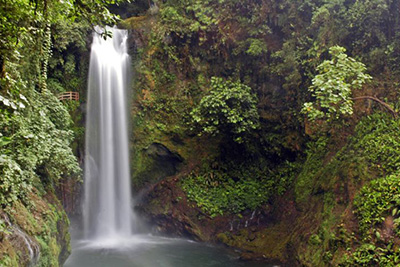

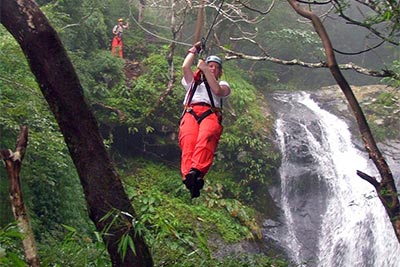
.jpg)

